Called the "learning scale" for a reason. The major scale is a great scale for learning how music and chords work. It’s a core scale from which a majority of your core, essential scales can be derived. There are 15 major scales.
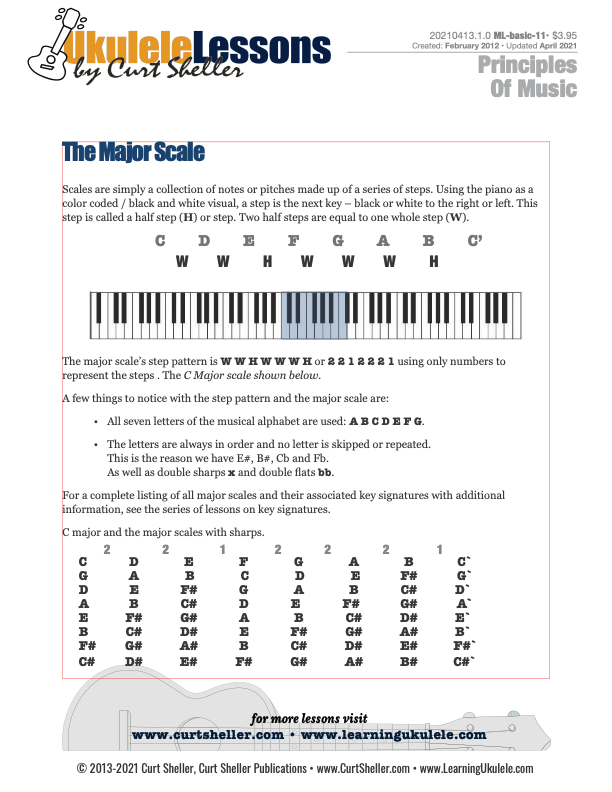
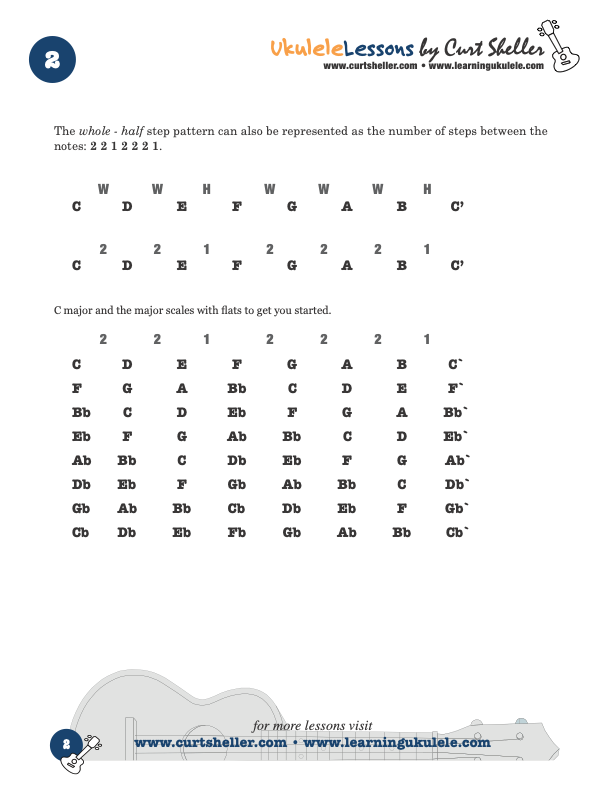


Called the learning scale for a reason. The major scale is a great scale for learning how music and chords work. It’s a core scale from which a majority of your core, essential scales can be derived.
Available for Premium Site Access Plans Only

For learning the names of the chord tones of all your chords, the major scale is the scale used.
There are 15 Major scales/keys: C , G , D , A , E , B , F♯ , C♯ , F , B♭ , E♭ , A♭ , D♭ , G♭ , C♭ . YES, fifteen (15) NOT just twelve – the three Enharmonic Equivalent scales are: B/C♭, C♯/D♭, F♯,G♭, although not common keys they are essential scales and need to be mastered.
In Western music, the Major scale is one of the most fundamental and widely used scales. It is a diatonic scale, meaning it consists of seven notes (ALL seven letters A B C D E F G) and spans an octave. The pattern of intervals between the notes of the Major scale is as follows: Whole – Whole – Half – Whole – Whole – Whole – Half Or, in terms of semitones (half–steps): 2 – 2 – 1 – 2 – 2 – 2 – 1
The result for the C Major scale, is the notes C, D, E, F, G, A, and B. • the white keys of a standard piano.
The Major scale has a bright and happy sound, and it serves as the basis for many melodies, harmonies, and chord progressions in Western music. Each note in the Major scale can be associated with a specific degree or number, which forms the basis for understanding music theory, chord construction, and key relationships.
Called the learning scale for a reason. The major scale is a great scale for learning how music and chords work. It’s a core scale from which a majority of your core, essential scales can be derived.
Available for Premium Site Access Plans Only

For learning the names of the chord tones of all your chords, the major scale is the scale used.
There are 15 Major scales/keys: C , G , D , A , E , B , F♯ , C♯ , F , B♭ , E♭ , A♭ , D♭ , G♭ , C♭ . YES, fifteen (15) NOT just twelve – the three Enharmonic Equivalent scales are: B/C♭, C♯/D♭, F♯,G♭, although not common keys they are essential scales and need to be mastered.
In Western music, the Major scale is one of the most fundamental and widely used scales. It is a diatonic scale, meaning it consists of seven notes (ALL seven letters A B C D E F G) and spans an octave. The pattern of intervals between the notes of the Major scale is as follows: Whole – Whole – Half – Whole – Whole – Whole – Half Or, in terms of semitones (half–steps): 2 – 2 – 1 – 2 – 2 – 2 – 1
The result for the C Major scale, is the notes C, D, E, F, G, A, and B. • the white keys of a standard piano.
The Major scale has a bright and happy sound, and it serves as the basis for many melodies, harmonies, and chord progressions in Western music. Each note in the Major scale can be associated with a specific degree or number, which forms the basis for understanding music theory, chord construction, and key relationships.
Related Lessons, Videos, Lesson Series, Songs, Books & Reference Charts, Resources & Assets, Workshops are below.

An interval is the distance between two notes. An interval has a name and a type. Intervals can be played one note (melodic) or two notes (harmonic) at a time, ascending or descending. Simple and Compound Intervals are taken from a major scale. Chromatic Intervals are NOT taken from a major scale. They are derived from the diatonic intervals.

Harmonic Analysis is the understanding of the functional sequence of chords. It is the process used to analyze the harmonic structure of a progression, song or composition. This analysis is then used to make scale selections for improvisation and chord substitution.

The Ionian scale is a major scale more commonly known by its traditional name - Major and one of six essential scales for ALL ukulele players. One octave scale fingering solutions for strings four and three and any finger with the Mixolydian scale chords are covered in all keys. Sample chord progressions for practice are included. Tunings: C with low or high G - (GCEA or gCEA). This book includes access to four studio recorded backing tracks for exploring the scale and improvisation in a variety of settings. Tracks are also great for practicing your chords against.

Learn to create exciting solos in a variety of contemporary styles! Scales are used to improvise, create melodies and riffs. With broad knowledge of the essential scales that are used in contemporary music and a mastery of the ukulele's fingerboard and fingering principles, you're well on your way.

Finally, learn the names of the notes of the ukulele fingerboard in C tuning .

Learn the six fingering principles to navigating the ukulele fingerboard. Fingering is one of the most universal topics. Book: Six Secrets of the Ukulele Fingering

Harmonic Analysis is the understanding of the functional sequence of chords. It is the process used to analyze the harmonic structure of a progression, song or composition. Book: Harmonic Analysis for Scale Selection and Chord Substitution

Learn to read single note melodies in the first/open position is a lot easier than you might think. Book: Ukulele – Reading Music Series – Primer

An organized collection of daily practice and reference material for the contemporary ukulele player for developing the vocabulary and knowledge necessary for single note playing. Book: Daily Practice Material for the Contemporary Ukulele
Checkout the Books & Reference Charts for additional Handy, Dandy Reference Charts.

Ukulele Fingerboard Chart for C Tuning, Low or High G – G C E A

Ukulele Fingerboard Chart for G Tuning, Low or High A – D G B E

A handy reference chart of all 15 major and relative minor key signatures. US Letter 8.5 x 11 sized (ANSI-A), A4
Checkout the Books & Reference Charts for additional Handy, Dandy Reference Charts.



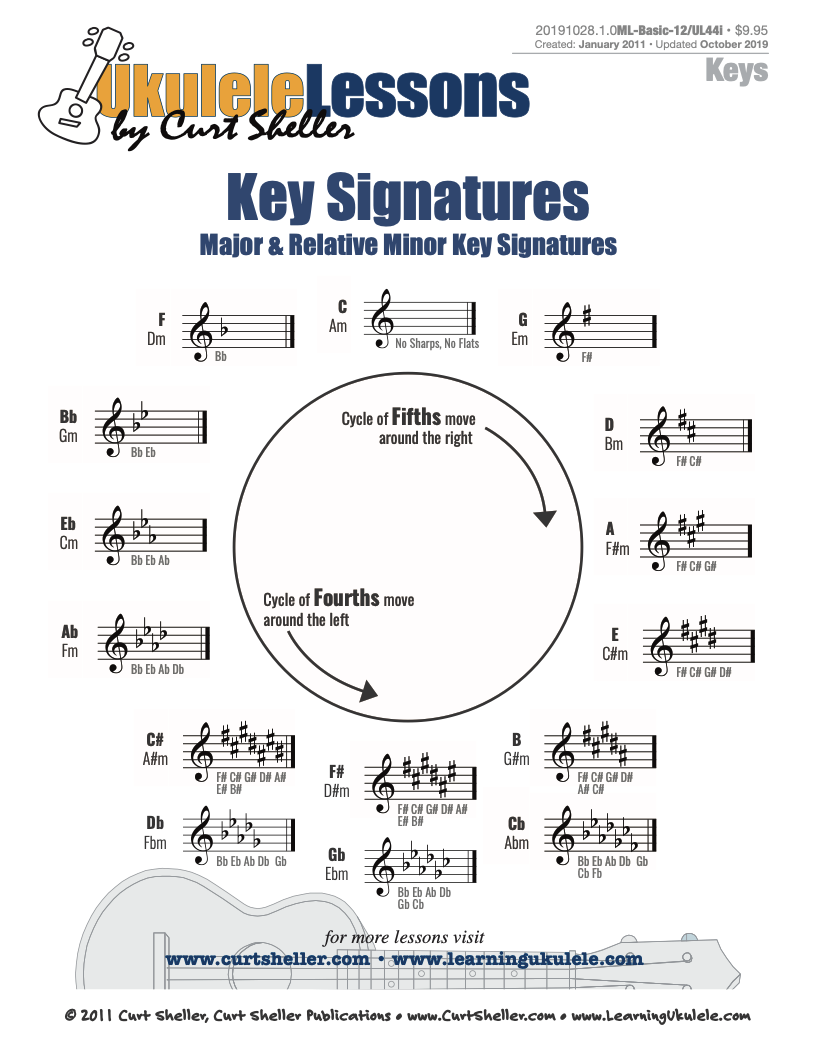
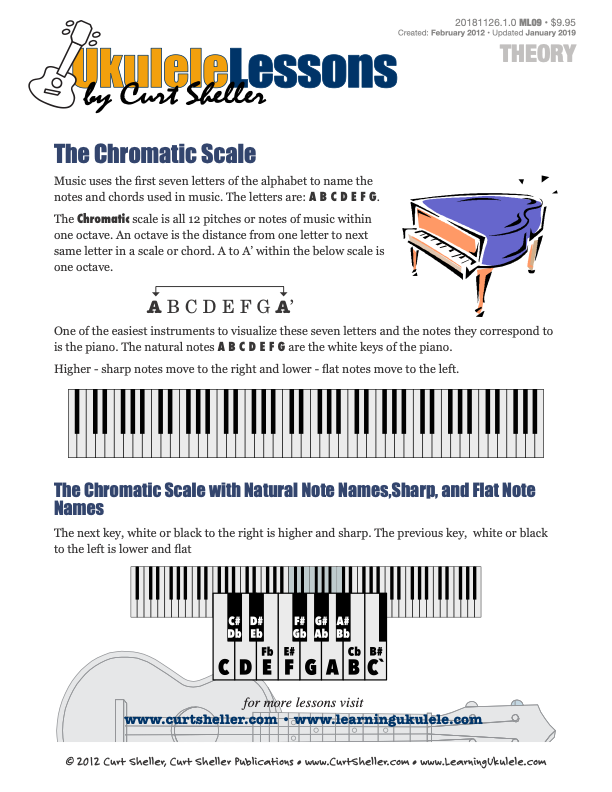
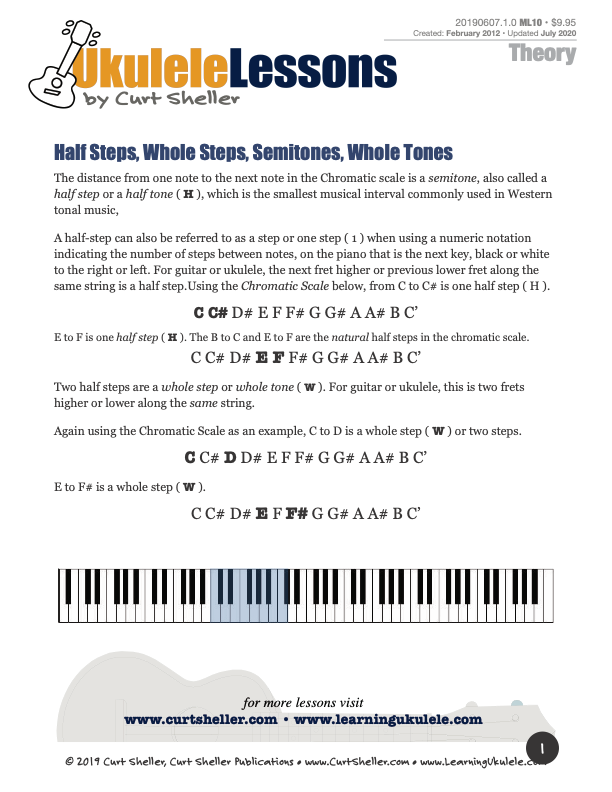




.jpg)